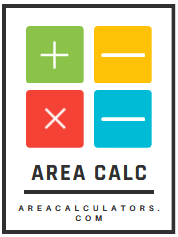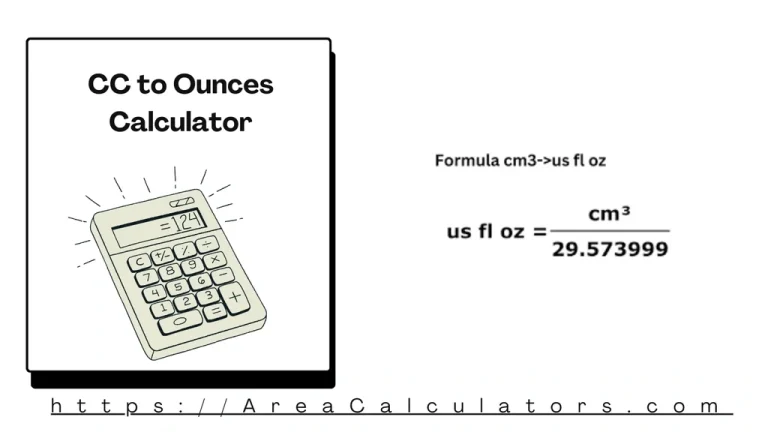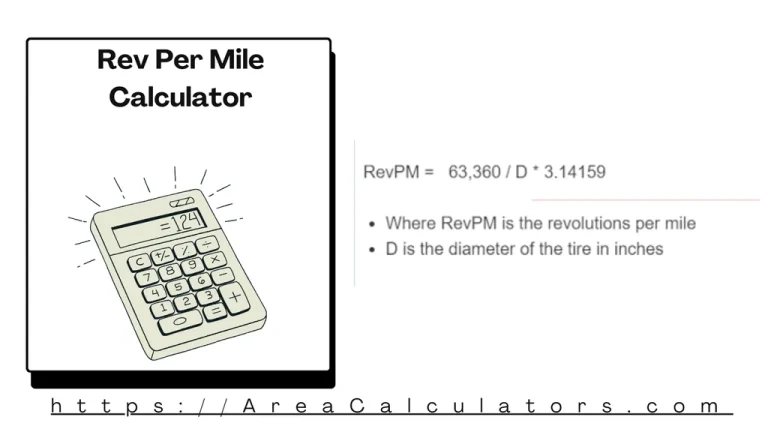Gravity To ABV Calculator
To calculate ABV (Alcohol by Volume), subtract the final gravity (FG) from the original gravity (OG), then multiply the result by 131.25.
The Gravity to ABV Calculator is a handy tool for brewers to estimate the alcohol content of their beverages based on specific gravity readings. Specific gravity measures the density of a liquid relative to water and is taken at the start (OG) and end (FG) of fermentation.
Formula
ABV = (OG − FG) × 131.25
| Variable | Description |
|---|---|
| ABV | Alcohol by Volume in percentage |
| OG | Original Gravity (specific gravity before fermentation) |
| FG | Final Gravity (specific gravity after fermentation) |
Solved Calculations
Example 1: Calculating ABV for a Beer with OG 1.050 and FG 1.010
| Step | Value |
|---|---|
| Original Gravity (OG) | 1.050 |
| Final Gravity (FG) | 1.010 |
| ABV = (OG − FG) × 131.25 | (1.050 − 1.010) × 131.25 = 5.25% ABV |
Example 2: Calculating ABV for a Wine with OG 1.090 and FG 1.020
| Step | Value |
|---|---|
| Original Gravity (OG) | 1.090 |
| Final Gravity (FG) | 1.020 |
| ABV = (OG − FG) × 131.25 | (1.090 − 1.020) × 131.25 = 9.19% ABV |




